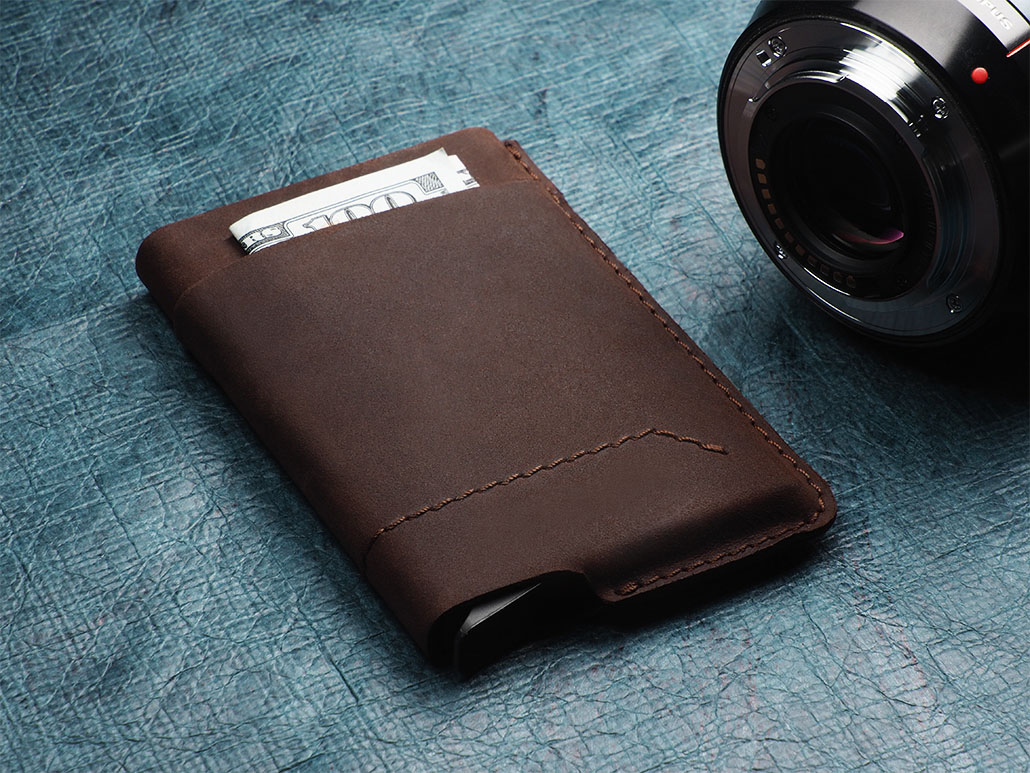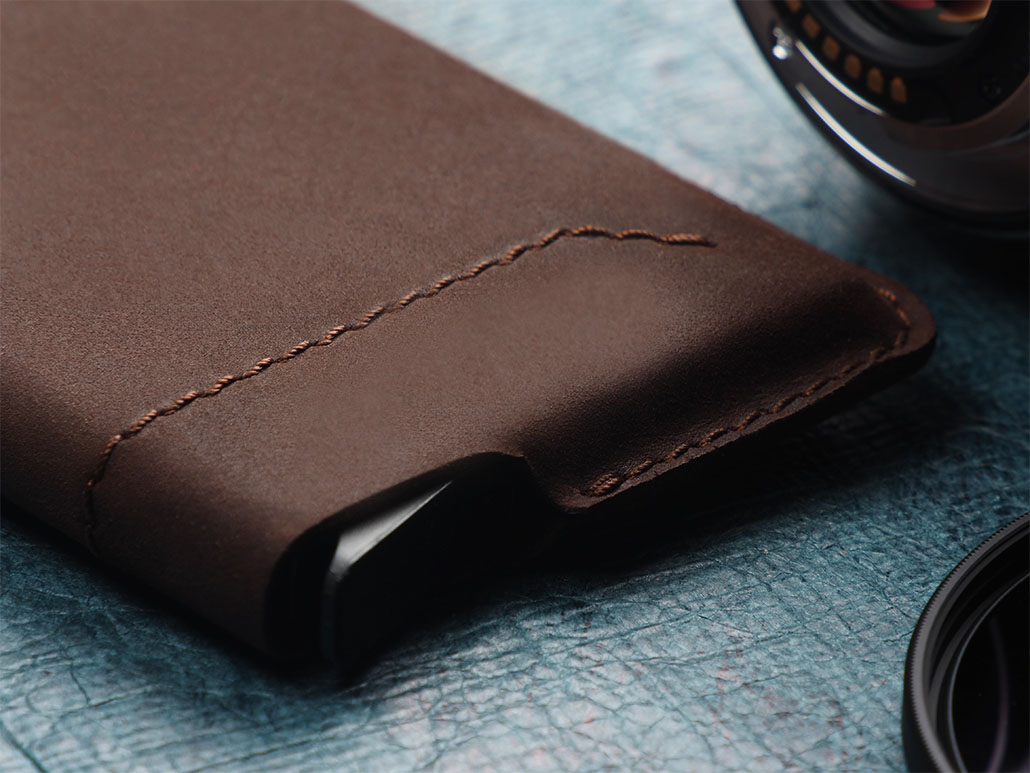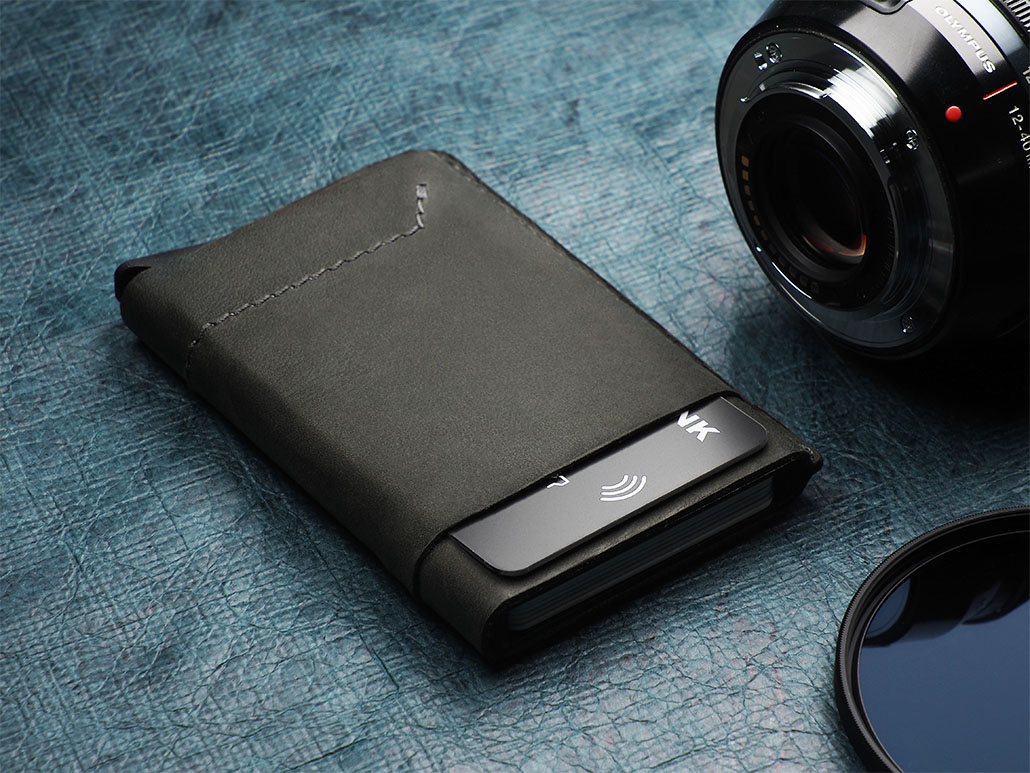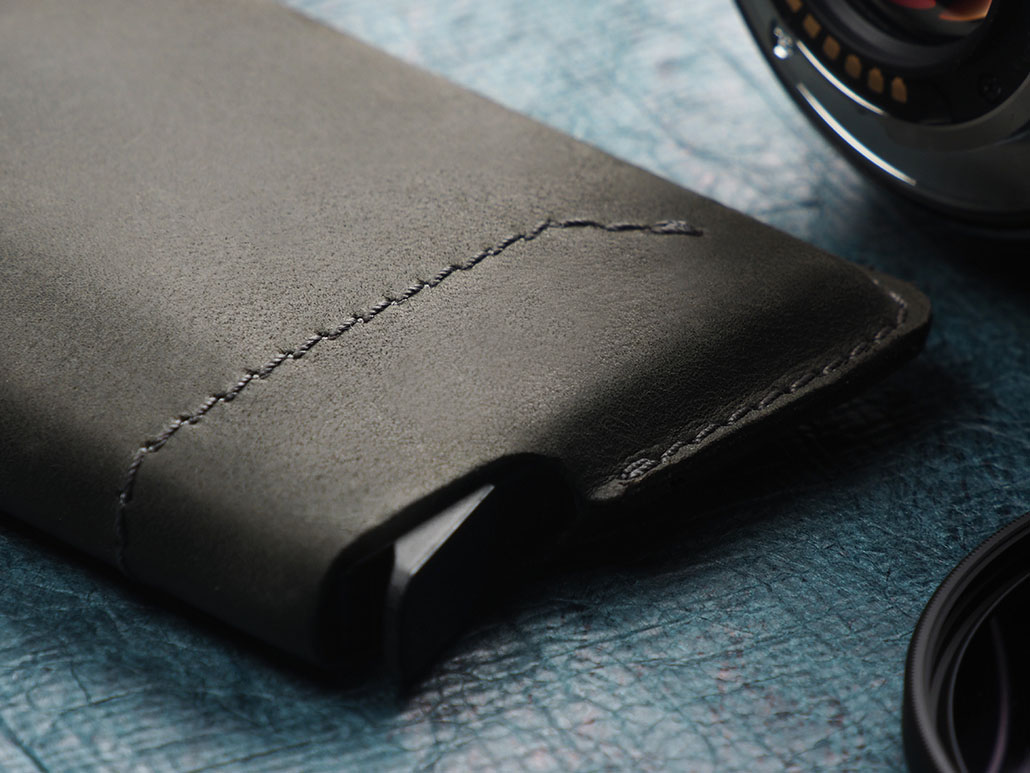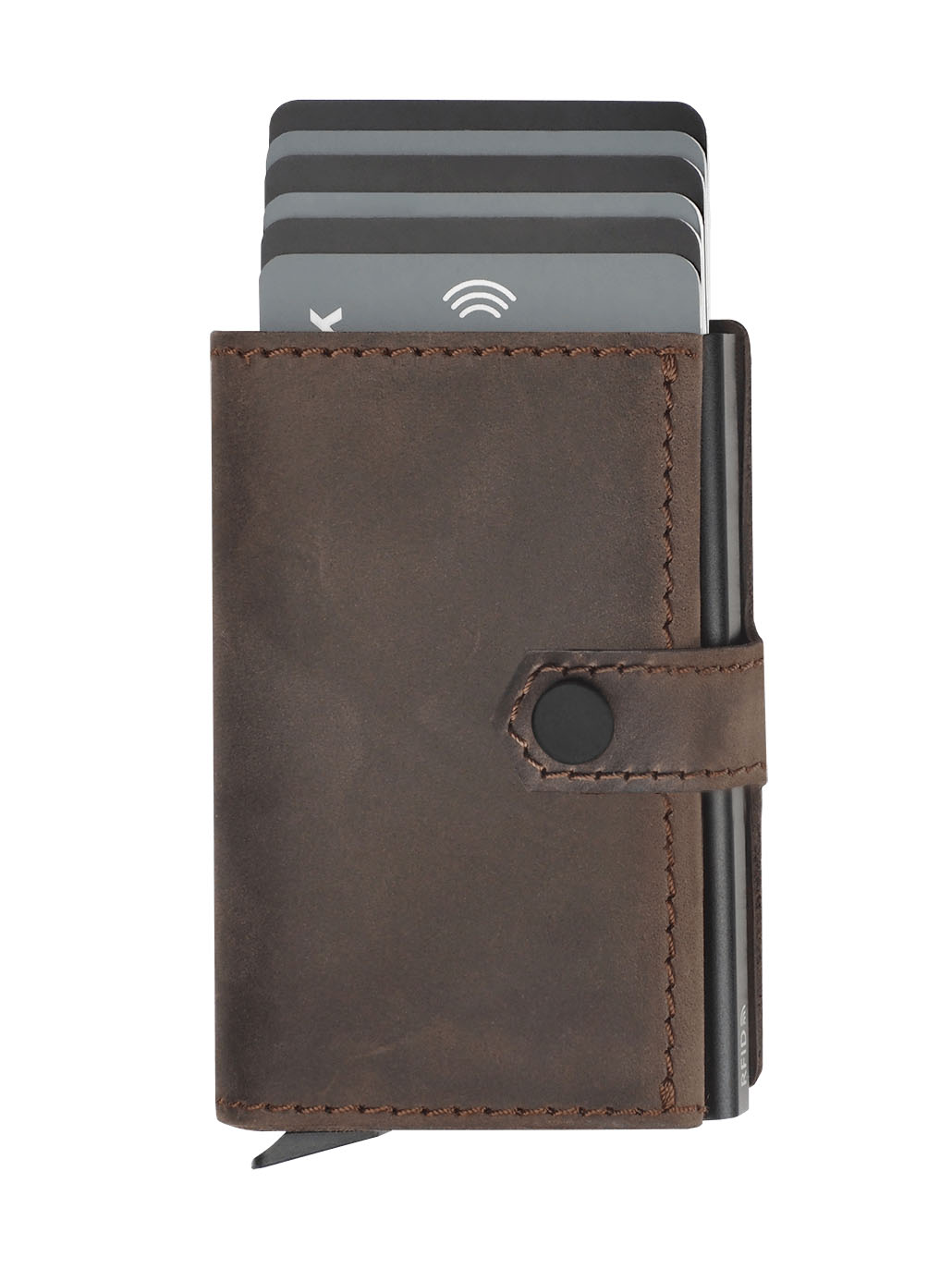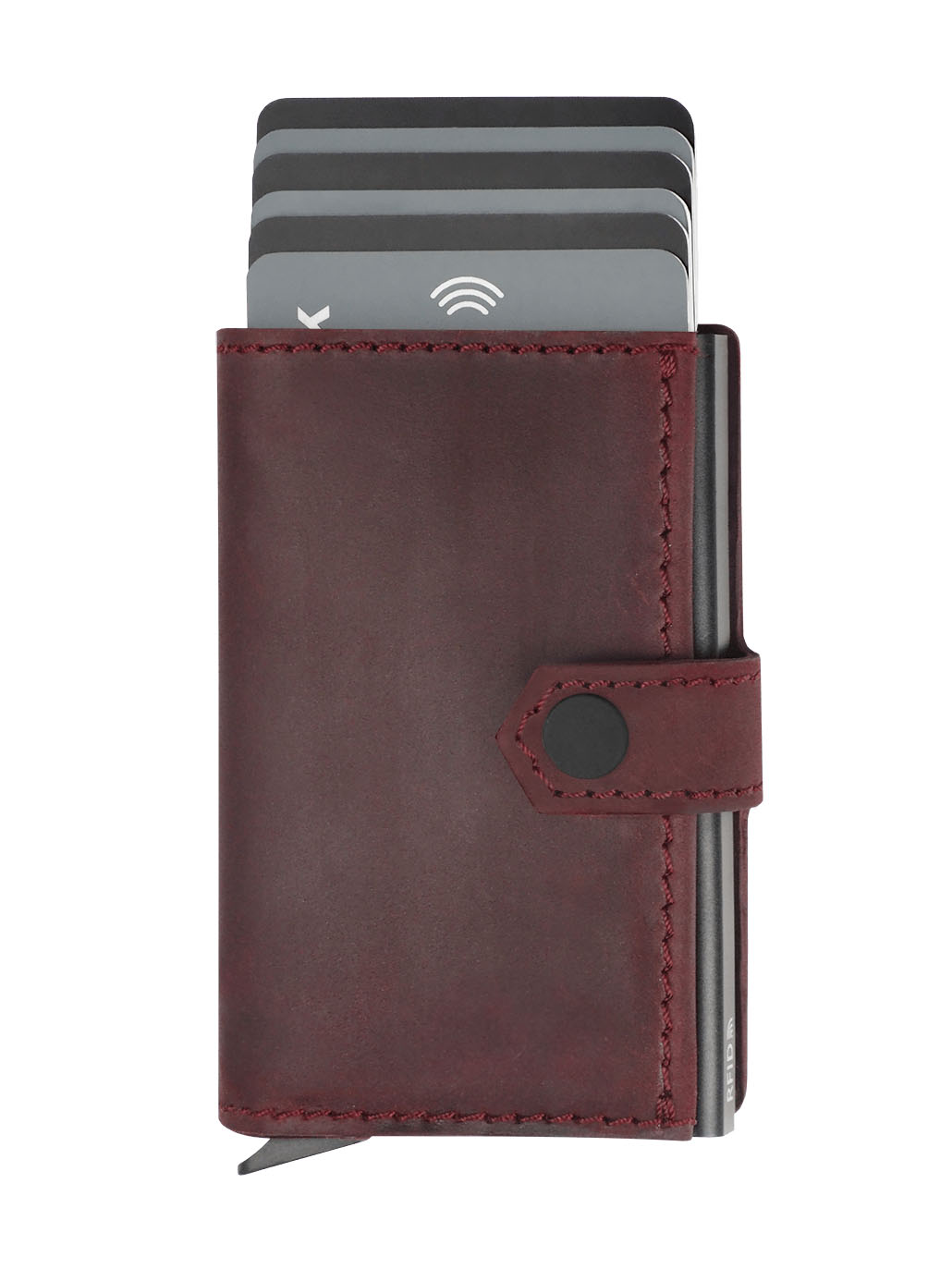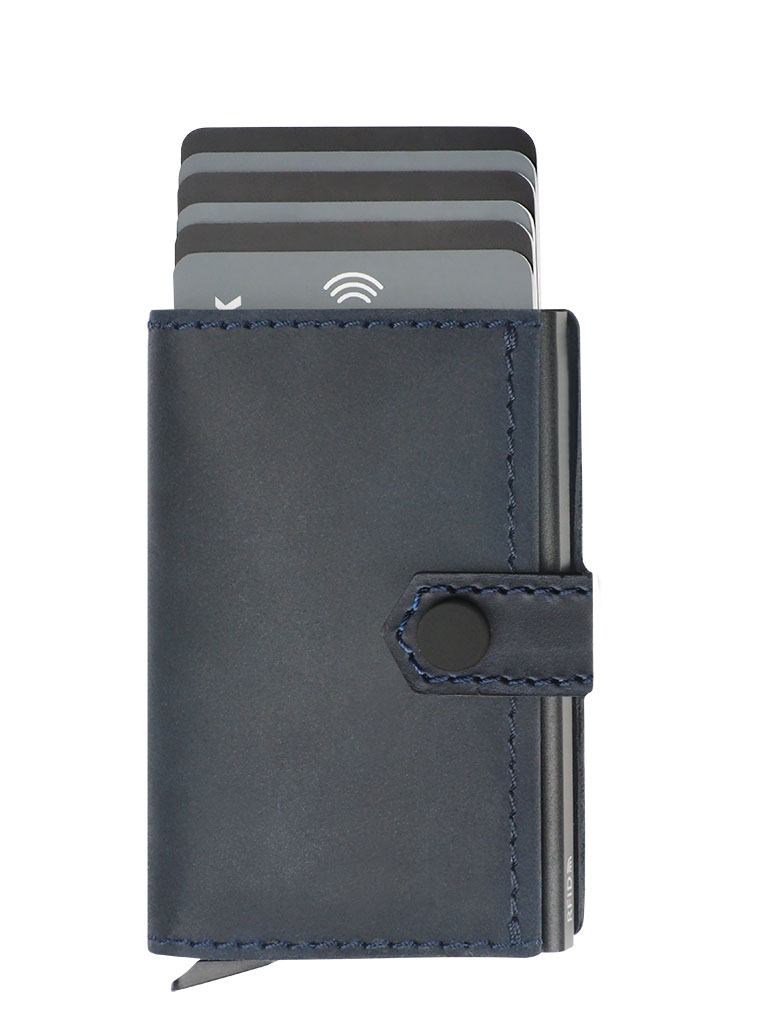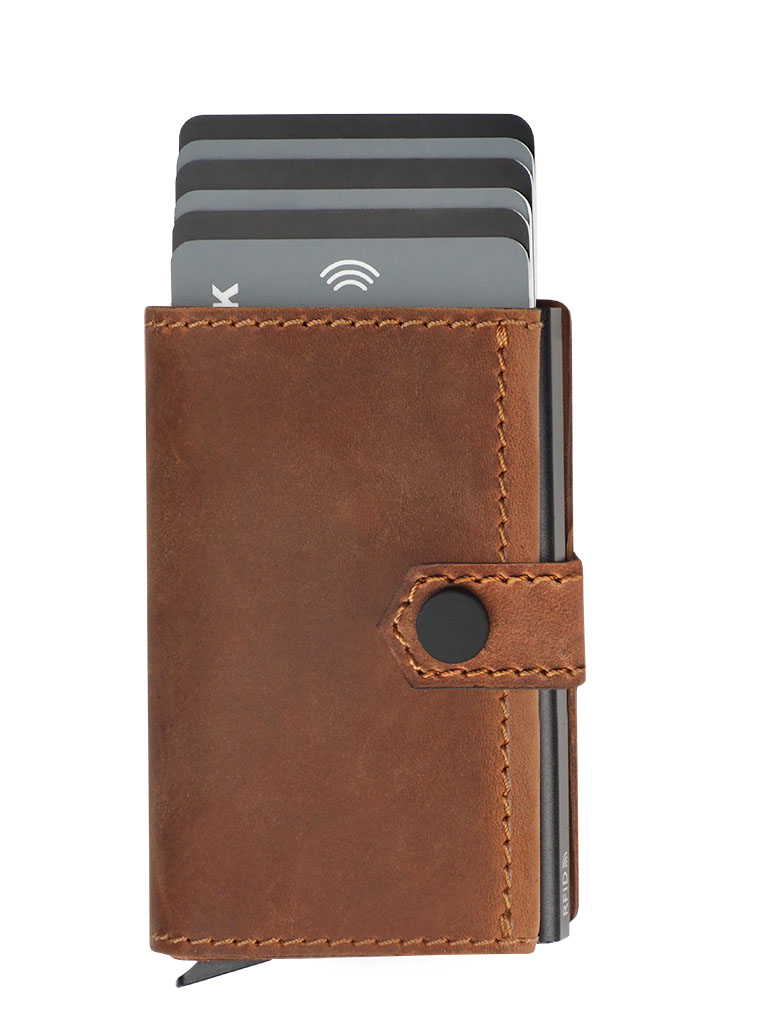Products: Found {{ searchResultsCount }} - Show all
Check if you entered what you are looking for correctly.
Categories: Found {{ categorySearchResults.length }}
A PLEASING SIMPLICITY
Minimalism is a design style characterised by extreme spareness of means and simplicity. Often described as the most enduring design trend, minimalism affects not only personal style but also quality of life.
When faced with complexity and excess, our brains find the situation overwhelming. (Who hasn't sighed at an overly long menu in a restaurant?). Simplification removes distractions and allows the user to focus on what's the most important.
A number of studies have shown that there is a link between the voluntary choice of simplicity and minimalism and improved well-being.

RAMS' RULES
German industrial designer Dieter Rams , born in Wiesbaden in 1932, is one of the most important designers of the 20th century. Award-winning and globally admired, he is the author of many product designs for brands such as Braun and the iconic furniture manufacturer Vitsœ. As early as in the 1970s, Rams was an advocate of sustainability, designing minimalist objects that did not require the over-exploitation of natural resources.
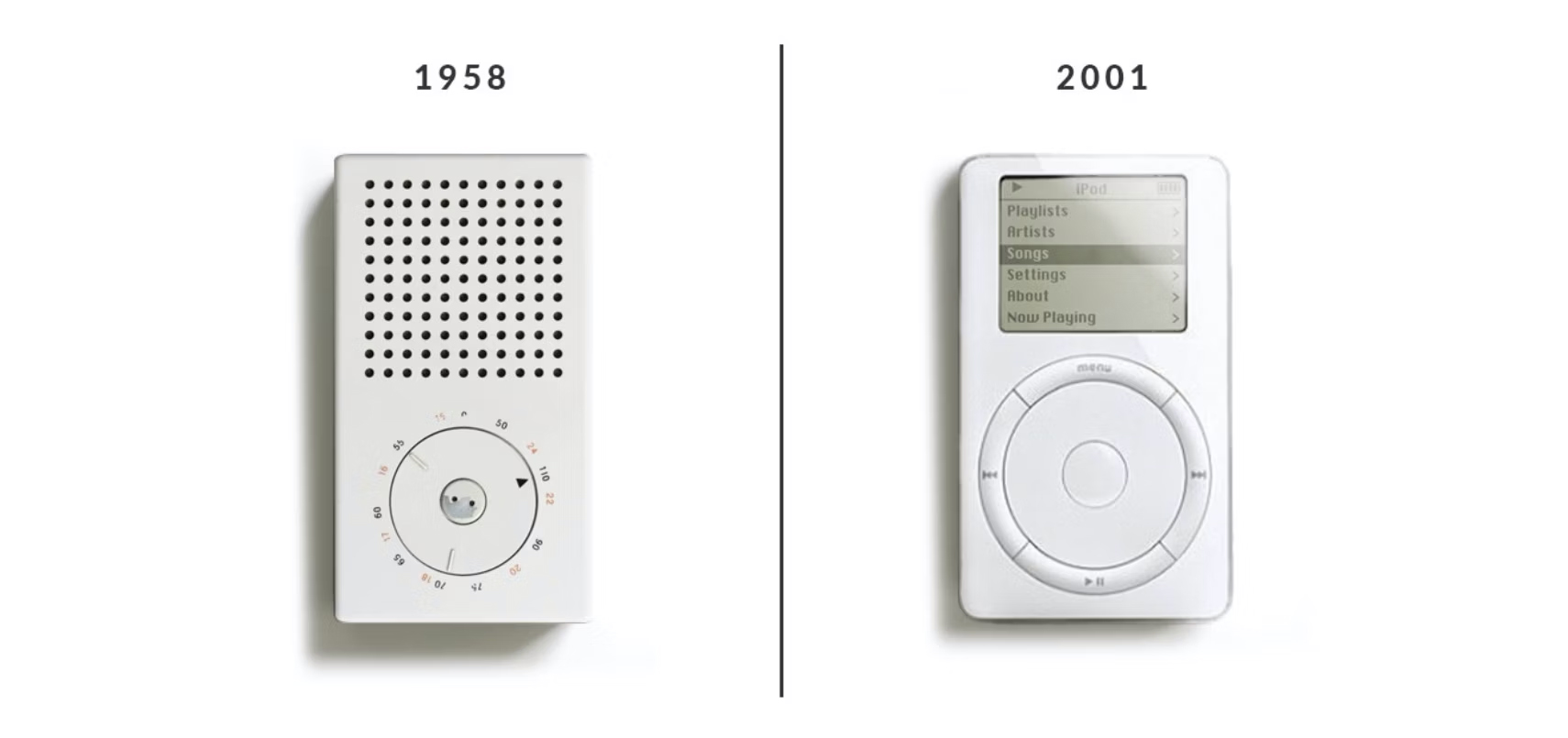
His influence on the design world is still evident today. Echoes of Rams' famous universal shelving system can be seen in IKEA's customisable furniture systems.
Apple founder Steve Jobs spoke openly about his fascination with Rams' designs for Braun (including speakers, radios and calculators). These designs were, and still are, the roadmap for designers working on Apple devices.
Dieter Rams is an author of a book that has become one of the bibles of design. The "Ten Rules of Design" aptly defines the role of projects and the designer in the modern world. We invite you to read a summary of these principles in the box below and are proud to say that we follow each and every one of them when designing our wallets.
TEN RULES OF DESIGN
1. Good design is innovative. Familiar solutions can often be improved.
2. Good design is useful. It performs exactly the functions it is expected to.
3. Good design is aesthetically pleasing. It brings joy to the user through its look.
4. Good design is discreet. An industrial product should not be a work of art, but a tool in the hands of users, giving them space to express themselves.
5. Good design is easy to understand. The user intuitively knows how to use it.
6. Good design is honest. It does not pretend to be what it is not. It does not deceive.
7. Good design is long-lasting and timeless. It does not succumb to trends and fashions, so it can remain relevant for a long time. In fact, it is impossible to create a completely timeless design - we have to expect it to be modified and improved.
8. Good design is refined. Planned and produced with attention to the smallest detail. Every element should be thoughtful and purposeful.
9. Good design is environmentally friendly/neutral through the use of appropriate, sustainable, non-harmful materials.
10. Good design requires as little design as possible. Less, but better.
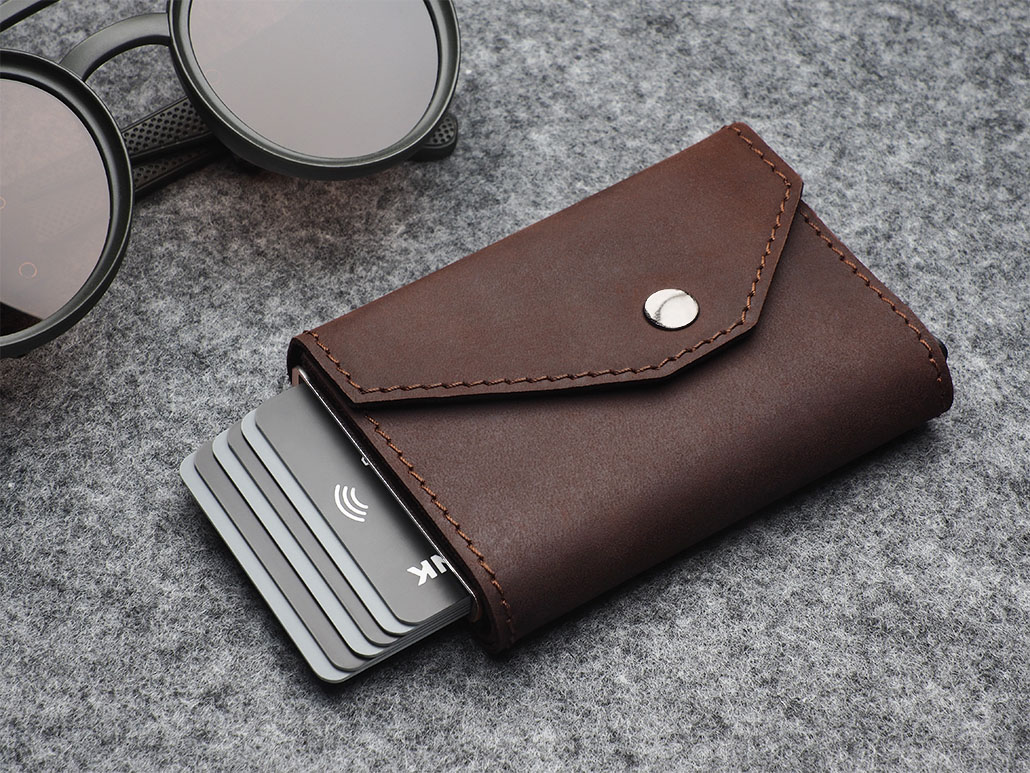
RFID wallet 1931284
Size: 6,5 x 10 x 2,5 cm
Materials: Aluminum, Hunter Leather
• Holds 7 cards
• Banknote pocket
• Coin pocket
• Registered design ®
• RFID protection
• Paper box included
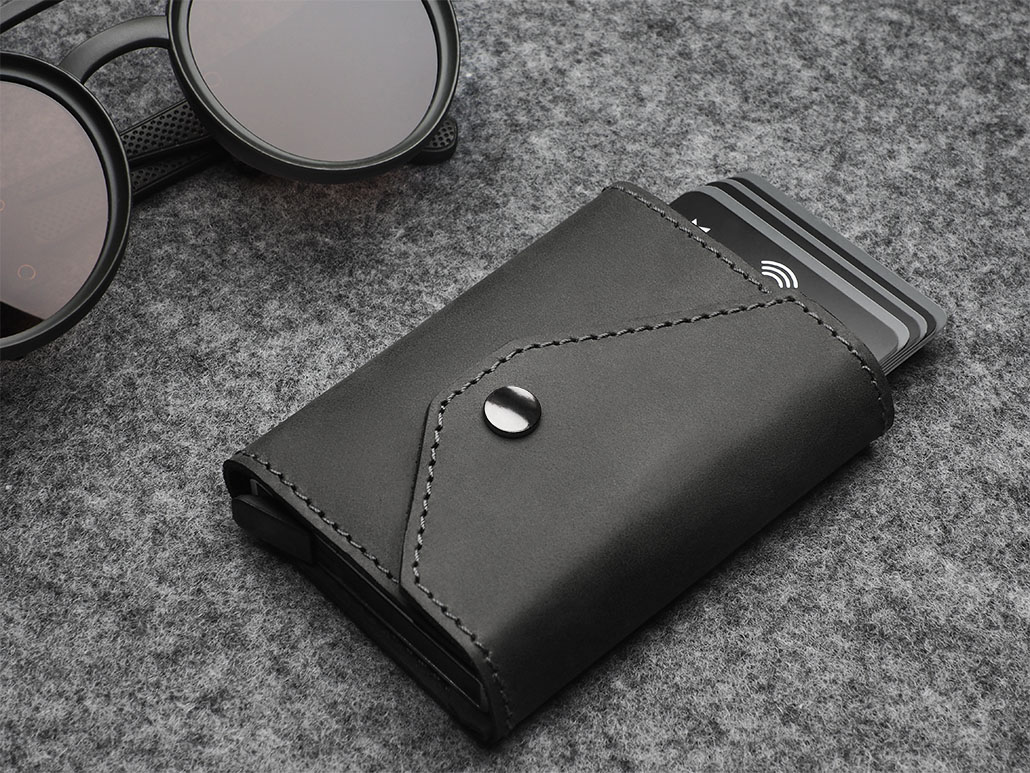
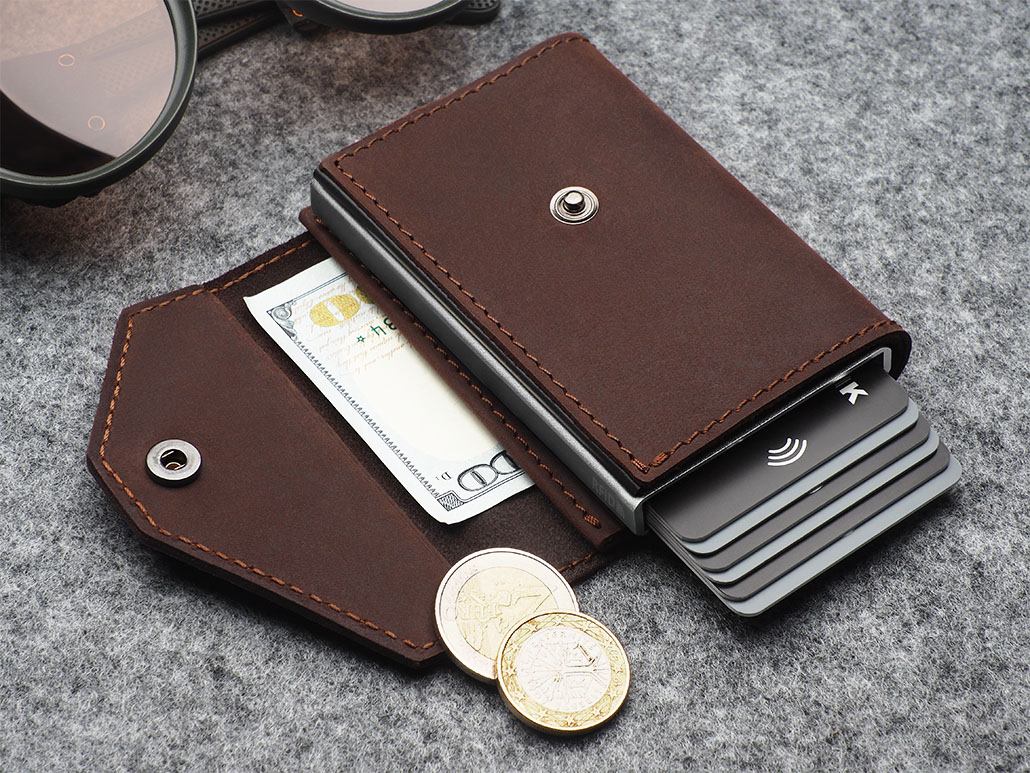
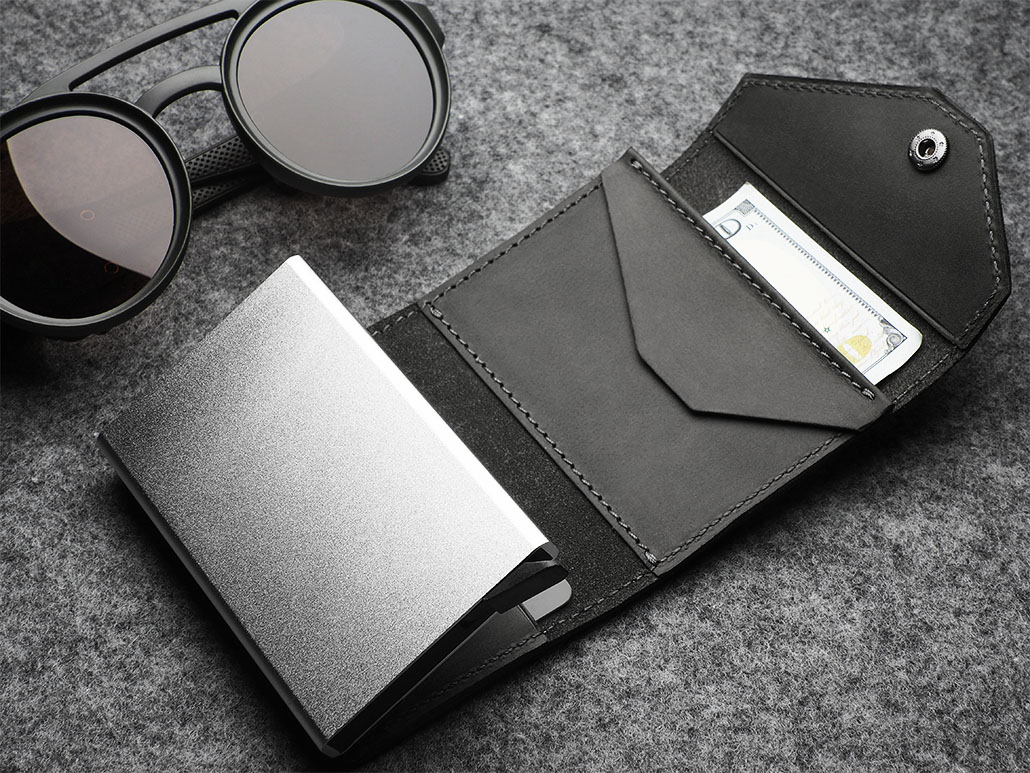
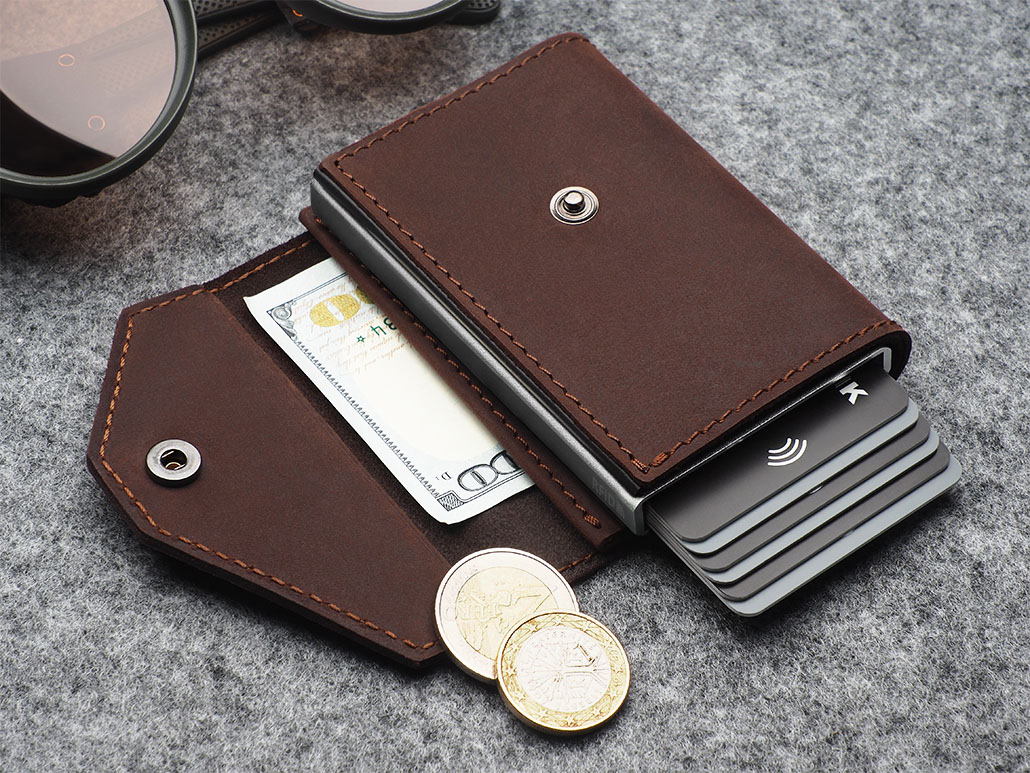
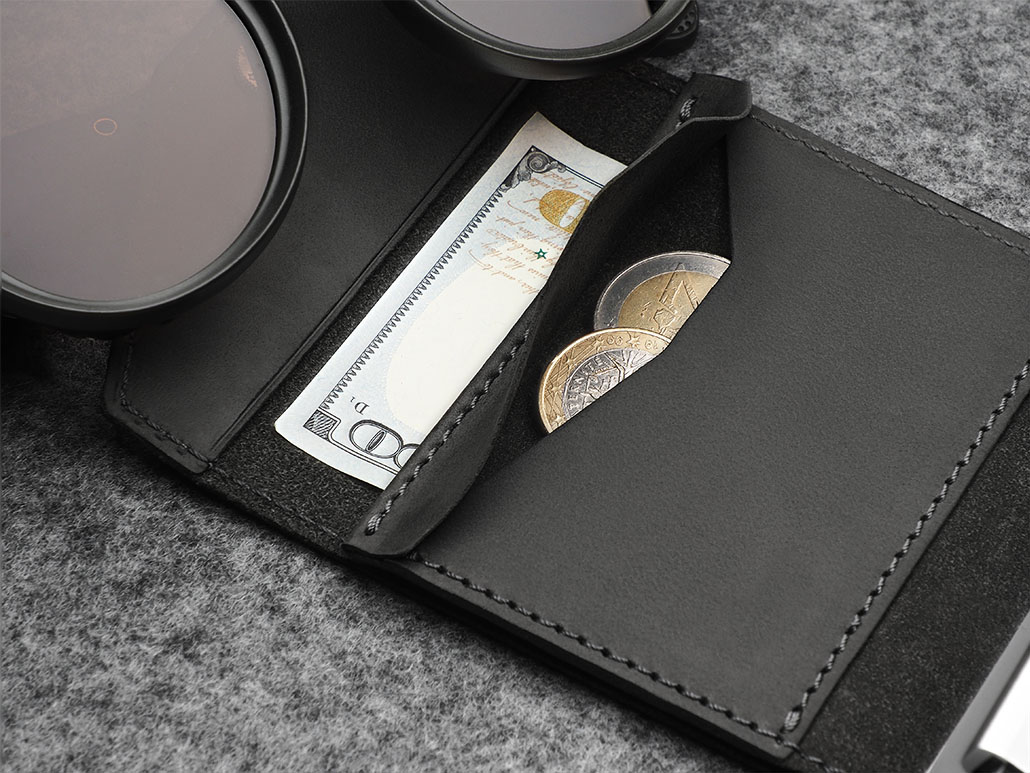


RFID wallet 593284
Size: 7 x 10 x 1 cm
Materials: Aluminum, Hunter Leather
• 2 banknote pockets
• Holds 6 cards
• RFID protection
• Paper box included
